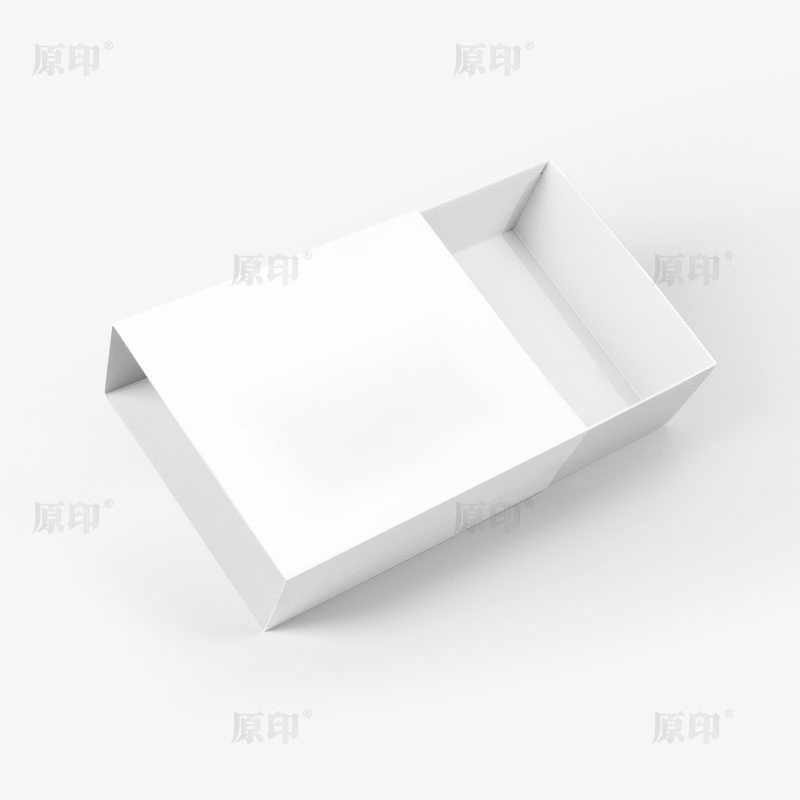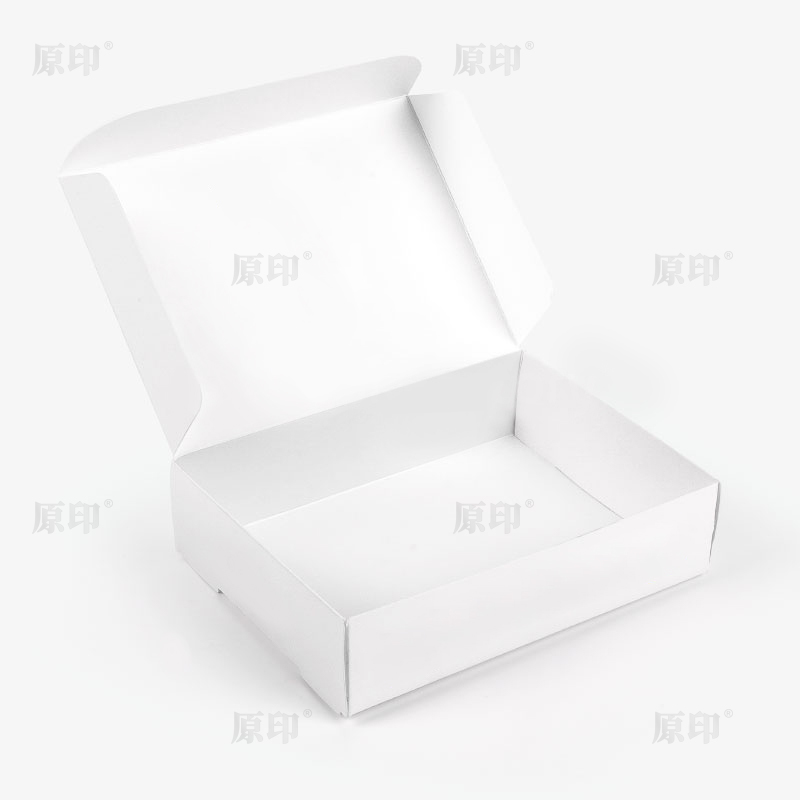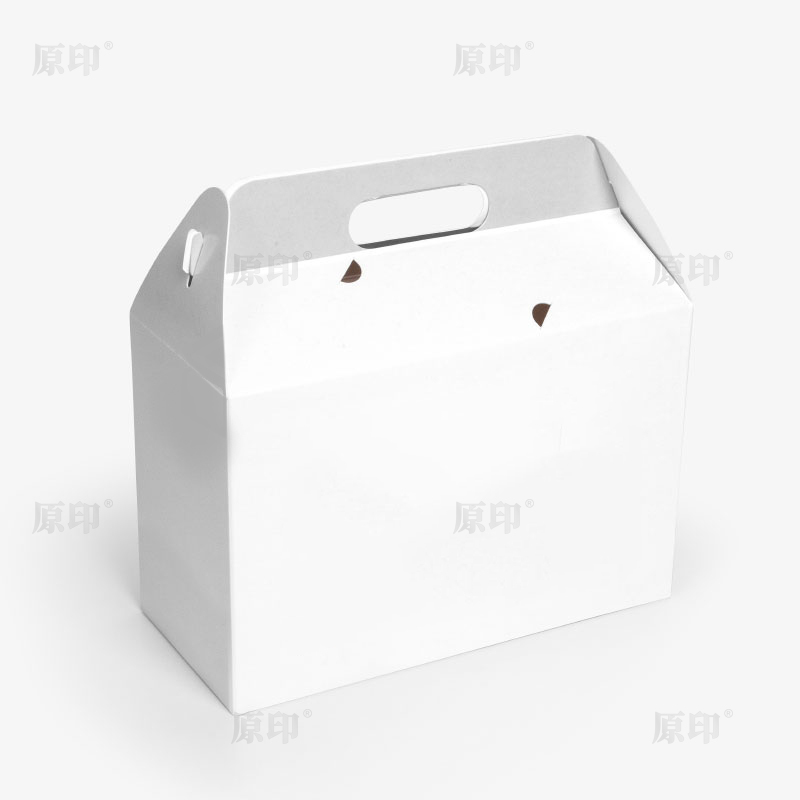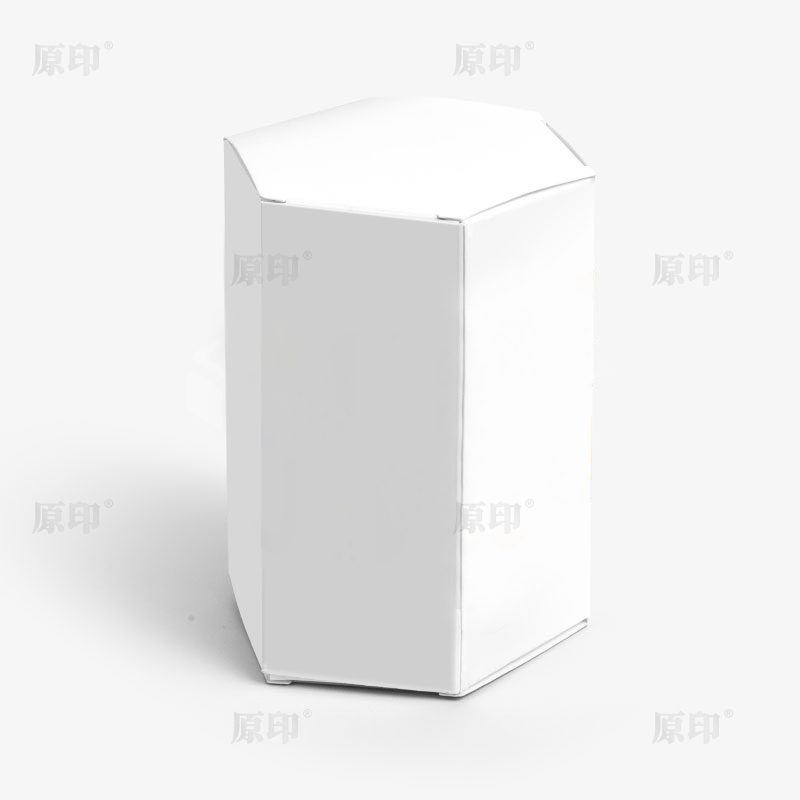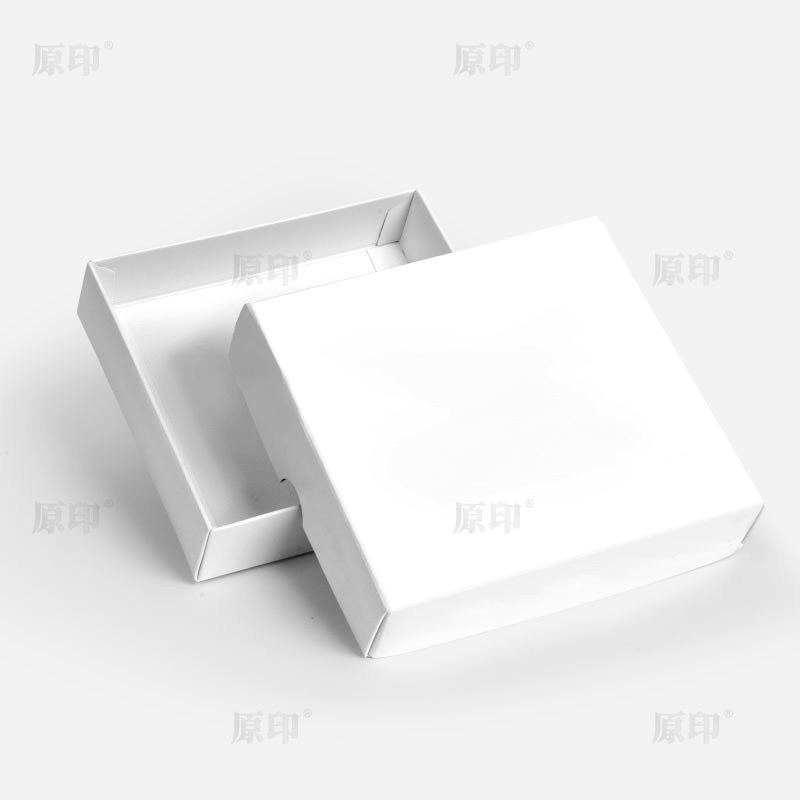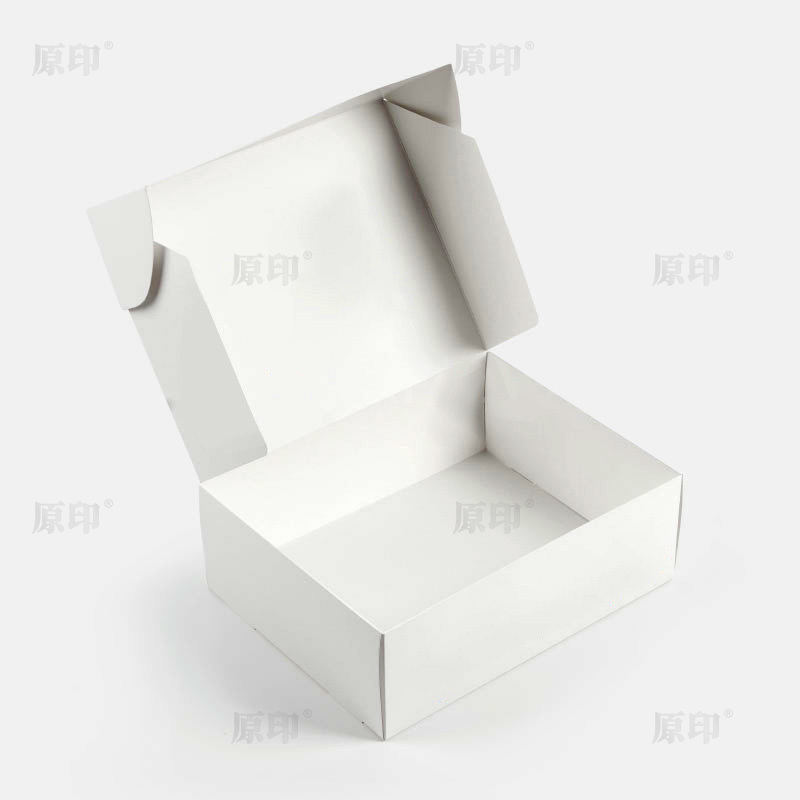What Are the Most Popular Materials Used in Printed Drink Packaging?
In the modern fast-paced consumer society, beverages are not only a product to quench thirst, but also represent the expression of brand, culture and visual beauty. Printed beverage packaging is the carrier to achieve this expression. It not only protects the contents, but also carries multiple functions such as brand identification, promotional marketing, and environmental protection concepts. In packaging design, the choice of material for printing is a crucial decision.
1. Plastic Films
Common types: PET, PE, BOPP, PP, LDPE
Features: light, transparent, waterproof, tear-resistant
Applicable scenarios: bottle labels, heat shrink films, bagged beverages, straw packaging, etc.
Printing methods: gravure printing, flexographic printing, digital printing
Plastic films are widely used in printed beverage packaging, especially for bottled or bagged products such as carbonated beverages, juices, and functional drinks. Its surface is smooth, which can well present high-resolution images and brand colors, and has a strong visual impact.
Environmental trends: More and more companies choose to use recyclable PET film or develop degradable PLA materials to replace traditional plastics.
2. Paper materials (Paper)
Common types: white cardboard, kraft paper, coated paper, food-grade composite paper
Features: renewable, recyclable, good printing suitability, natural touch
Applicable scenarios: milk tea cups, paper bottle labels, outer packaging boxes, paper straws, paper sealing films
Printing methods: offset printing, digital printing, silk screen printing, flexographic printing
Paper packaging has been very popular in recent years, especially among environmentally friendly consumers. It can not only achieve colorful printing effects, but also can be used for personalized customization and flash product series. For example, brands such as Starbucks and Heytea use creative illustration printing on their paper cups, which has become part of the brand's visual assets.
Environmental advantages: Paper materials are generally degradable and easy to recycle, and are a popular trend to replace plastic packaging.
3. Aluminum Foil Laminates
Features: oxygen barrier, moisture-proof, strong light-shielding, good heat-sealing performance
Applicable scenarios: aluminum-plastic beverage bags, milk powder bags, coffee packaging, liquid milk packaging
Printing methods: gravure printing, flexographic printing
Packaging films made of aluminum foil and plastics such as PET and PE are widely used in high-end or long-term shelf life beverages. Its excellent barrier properties can effectively prevent beverages from deteriorating due to oxidation. Although aluminum foil printing is difficult, the post-printing effect has a metallic texture and is very textured.
Disadvantages: not easy to degrade, environmentally friendly recycling and processing are complicated, and future development may turn to recyclable composite structures or aluminum alternative materials.
4. Glass
Features: high temperature resistance, no penetration, recyclable, strong texture
Applicable scenarios: high-end beverages (fruit wine, tea, mineral water), functional beverages, flavored beverages
Printing methods: silk screen, hot stamping, inkjet printing, label lamination
Glass bottles have a strong sense of brand premiumness, and can be matched with printing labels, engraving, spraying and other processing methods to enhance recognition. Although heavy and not resistant to falling, it still has a place in the high-end beverage market.
Environmental advantages: Glass can be recycled and is one of the greener packaging materials.
5. Aseptic Carton
Such as: Tetra Pak, Combibloc, etc.
Structure: paper + plastic + aluminum film multi-layer composite
Features: light, long shelf life, suitable for cold chain and room temperature circulation
Applicable scenarios: pure milk, soy milk, fruit and vegetable juice, children's drinks
Printing method: flexographic printing, gravure printing
This type of packaging combines the printability of paper with the fresh-keeping function of aluminum film. It is widely used in beverage packaging that requires a long shelf life and is particularly suitable for large-scale industrial production.
The choice of printed beverage packaging materials depends on product positioning, target consumers, packaging form and brand environmental protection strategy. Plastics provide flexibility and cost advantages, paper is in line with environmental protection trends, aluminum foil provides extreme protection, glass represents high-end positioning, and composite cartons occupy the mainstream in the room temperature beverage market.
In the future, as environmental regulations are strengthened and consumers pay attention to sustainable development, more degradable and recycled materials will become the core direction of beverage packaging materials. When designing packaging, companies should not only consider functionality and visuals, but also incorporate green concepts to create printing and packaging solutions that are both attractive and responsible.


